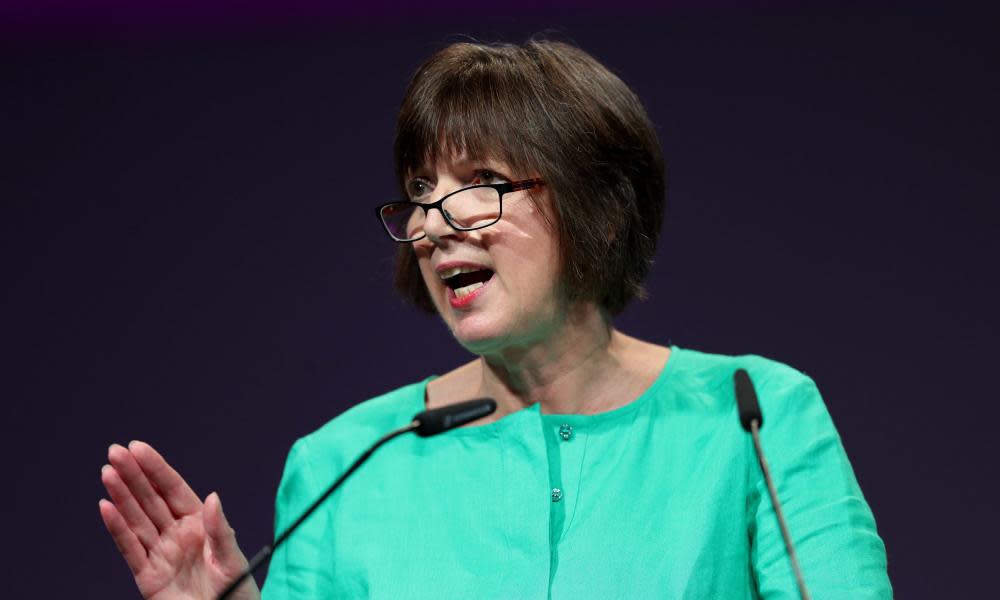Gender pay gap means women work 67 days a year for free, says TUC

Women in the UK effectively work for free for more than two months a year because of the country’s gender pay gap, according to the TUC.
In a report published to coincide with International Women’s Day, the trade union body called on the government to require employers to carry out pay audits and produce action plans to close the gap in their workplace.
The gender pay gap is the difference between the average hourly earnings of men and women. Large companies have to report information about this by the 4 April.
According to the Office for National Statistics, when all workers, full and part-time, are included, the pay gap is 18.4%. “This … means that women effectively work for free for the first 67 days of the year,” said the TUC.
Has your company published a gender pay gap audit? Has it explained the results well to staff? Is there a plan in place to deal with any issues?
You can share your views on the situation at your company via our encrypted form here. We'll feature a selection of your responses in our reporting.
But it added that in education sector, the gap was 26.5%, so the average female worker in the sector has to wait until 7 April before searning the same as the average male worker. In the finance and insurance sector, the gap is 35.6%, which means the equivalent date is 10 May, said the organisation.
Frances O’Grady, the TUC’s general secretary, said: “Nearly 50 years since the Ford machinists went on strike at Dagenham, the UK still has one of the worst gender pay gaps in Europe … Companies publishing information on their gender pay gaps is a small step in the right direction, but it’s nowhere near enough.”
Meanwhile separate research suggests progress made in getting more women into top leadership roles is going into reverse. In 2016, 7.8% of chief executives were women, but this year it fell to 6.5%, according to Egon Zehnder, a global recruitment firm which surveyed the 92 largest companies in the UK.
The survey also shows that while 13.7% of chief financial officers were women two years ago, today the proportion is 10.99%, and out of 19 chief executive appointments to these 92 companies since 2016, only three have gone to women. In 2014, Egon Zehnder made a public commitment to a target of a quarter of FTSE 100 chief executives being women by 2025.
Another study has found that a third of working women earning below the voluntary living wage – about 1.12 million people – have no savings at all, including pensions.
The Living Wage Foundation and the Fawcett Society said their findings revealed that three out of five low-earning working women only had enough savings to last a month at most if they lost their job.
They also found that 94% worried about their financial situation, and 66% did not see their financial situation improving within a year.
The voluntary living wage is £8.75 an hour apart from London where it is £10.20.

 Yahoo News
Yahoo News 
